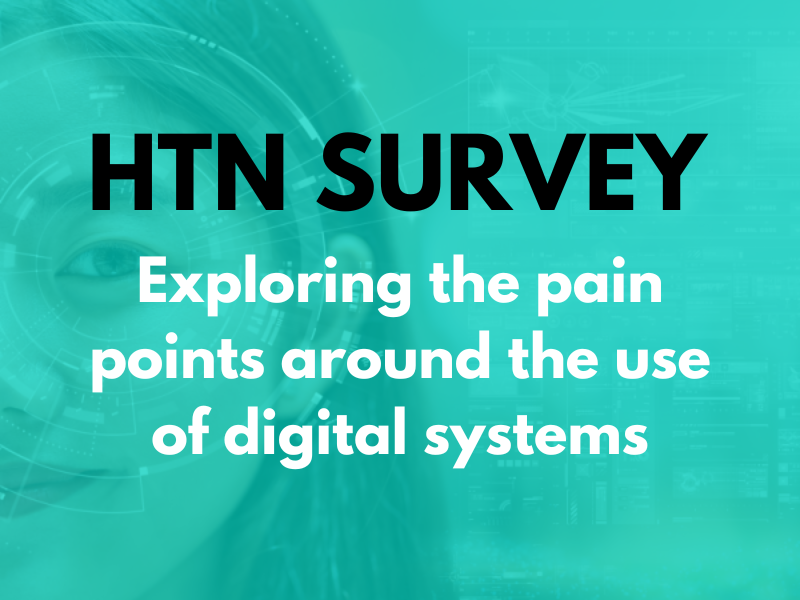NHS England has published its medium term planning framework to outline the priority deliverables ICBs and providers should focus on for the next three-to-five years.
The framework sets out a new operating model, a revised foundation trust model, the creation of integrated health organisations, changes to the financial framework, and opportunities for greater local autonomy through a neighbourhood health approach.
A clear role is outlined for every part of the system under the new operating model, with the centre to set national outcomes, codify standards, build shared platforms, and remove barriers. “Regions are the leadership interface, with a single line of sight across performance, finance, workforce and quality, responsible both for grip and for support,” NHS England continues. ICBs will become strategic commissioners, moving resources into prevention and community capacity and commissioning for value; whilst providers will be responsible for collaboration, productivity and quality.
Model region and ICB blueprints are now available, and a model neighbourhood framework is expected in November, whilst a strategic commissioning framework builds on the model ICB blueprint to offer commissioners a “clear scope” for their role. A draft framework for foundation trusts will also be published for consultation in November.
The framework places an emphasis on the “major opportunities” offered by tech for productivity, looking to accelerate the adoption of a digital-by-default approach. A digital-first UEC model featuring clinical prioritisation and scheduling, and the expansion of digital and telephony-based triage and booking mechanisms plays a central role in improving patient experience and reducing “avoidable demand”. For outpatients, a digital-first model also points to the use of digital triage tools, along with remote consultations and digital monitoring.
A roadmap for the delivery of the NHS App functions described in the 10-Year Plan will be brought forward, and a draft model neighbourhood framework will offer insight into the goals and scope of neighbourhood health for 2026/27, with a national neighbourhood health planning framework also expected, setting out how the NHS can plan for the delivery of broader neighbourhood goals. From April 2026, ICBs and providers are expected to work with GP practices with demand above capacity to improve access and reduce unwarranted variation, create plans to manage high priority cohorts and unplanned admissions, and ensure an understanding of current and projected total service utilisation and costs for those with moderate to severe frailty, living in care homes, housebound, or at the end of life.
Work will also continue on NHS Online, the “online hospital” to help patients connect with experts across England from 2027, aiming to support patient choice and control. “Those providers leaning heavily into the digital agenda are already achieving substantial performance improvements and cash-releasing productivity benefits,” NHSE states.
From April 2026, priorities around digital include the adoption of all existing NHS App capabilities, onboarding to the Federated Data Platform, moving direct-to-patient communications to NHS Notify and using NHS App-based push notifications as the “preferred method of contact”. A move will be made toward a unified access model with AI-assisted triage and a single user interface delivered via the NHS App, and full compliance will be sought with the minimum standards set out in the Digital Capabilities Framework, with a focus on ensuring 100 percent coverage of EPRs “as soon as possible”.
Core national products and services to be deployed by the end of 2027/28 include the Electronic Prescription Service, APIs for the Electronic Referral Service, and the consolidation of NHS.Net Connect into the national collaboration service. NHSE adds: “Providers should deploy ambient voice technology (AVT) at pace, with due regard to the national AVT registry, and adopt the latest in digital therapeutics for both supportive and wrap-around care (and for direct clinical delivery where services have the appropriate regulatory approvals – typically Class IIa).”
Other headline pieces include the introduction of the multi-year settlement to make the move away from annual to medium-term financial and delivery planning cycles, with incentives including payment schemes, best-practice tariffs, and a UEC payment model incorporating a fixed element based on price x activity as well as a 20 percent variable payment.
ICBs and providers are asked to submit plans to NHSE including three-year revenue and four-year capital plan return, three-year workforce return, three-year operational performance and activity return, and integrated planning templates showing “triangulation and alignment” of plans.
Wider trend: The NHS of the future
In a recent HTN Now webinar, we were joined by Neill Crump, digital strategy director at Dudley Group NHS Foundation Trust; Ananya Datta, associate director of primary care digital delivery at South East London ICS; and John Kosobucki, CEO of OX.DH. In the session, we discussed how health and care can tackle challenges around interoperability, looking at the key steps that can be taken to make progress in this area. Our expert panellists shared details about their own projects and programmes, providing insights into strategy, approaches and potential improvements that can be made.
Along with experts from Ideal Health, we looked at how to unlock the full potential of an EPR and achieve real, impactful productivity and performance gains through strategic optimisation. The session looked at ways to work smarter and enhance the user experience in order to support better patient care, delving into what optimisation looks like and the benefits that come from it. Panellists from Ideal Health included Nick Robertson, training & change director; Tara Athanasiou, advisory & strategic practice director; and Kate Mansfield, practice director. They each shared their advice and provided real-world case studies to demonstrate what good optimisation looks like.
Elsewhere from NHSE, plans have been shared for the reprocurement of the cyber operations external attack surface management system, launching a market engagement process. The engagement intends to brief the market ahead of procurement of a solution to protect IT systems that are internet-facing against cyber threats, with the scope to be delivered as a national service to NHS organisations.





